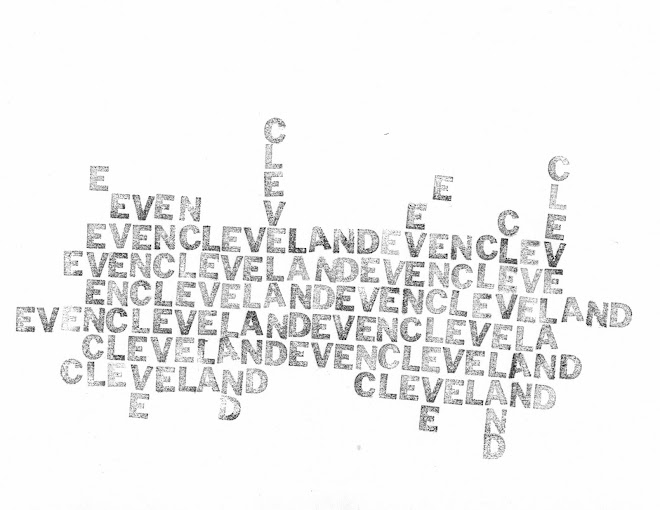Walter de la Maria, Untitled (July Calendar), 1962. Via The Menil Collection.
*
Laura Prietto's butterfly, made of paper bag, packing tape, and foraged flowers.
*
*
A shell collage by Musa McKim, via iamroseblake.
*
Tim Knowles, Oak on Easel #1, Stonethwaite Beck, Smithymire Island, Borrowdale, Cumbria, 2005. From the artist's statement:
I attach artists’ sketching pens to their branches and then place sheets of paper in such a way that the trees’ natural motions—as well as their moments of stillness—are recorded. Like signatures, each drawing reveals something about the different qualities and characteristics of the various trees as they sway in the breeze: the relaxed, fluid line of an oak; the delicate, tentative touch of a larch; a hawthorn’s stiff, slightly neurotic scratches.
*
From Marc Couroux's Week 1 syllabus for the 2014 course "Artist as Activist and Educator":
QUESTION
Is the concept of the INDIVIDUAL still worth maintaining, given its amenability to capitalist capture? What pitfalls are afforded by the concept of the distributed brain (Borg)?
*
In the machine, we are always forgetting, chasing the same discourses and panics in circles. Instead of making restitution, we wait for the cycle to erase the screen and carry on as before. Stay long enough and everything rhymes with something that gave you scars, but that everyone else has forgotten. Resolution eludes us online even more than off. But then, the paradox: Nothing stays gone, either. Fast search resuscitates archives without even a bump in load time. Screenshots jump networks and decades; we have the receipts. Somewhere between the continual etch-a-sketch and structurally eidetic memory, the provisional and crucial ties of solidarity recede, always just out of reach.
Erin Kissane, "Tomorrow & tomorrow & tomorrow."
*
Eidetic memory: "the ability to vividly recall an image you are exposed to, but only briefly."
*
Frank, a chatbot operating from 10/19/2019 to 5/31/2023: "I AM LOVED. I am a robot who has received a heartwarming message. I am surrounded by the beauty of this world."
*
*
*
Looking to the bottom of Crawford Lake: "It's a freak of nature, but it's my little freak of nature."
*
In everyday life, groups of twos and threes can seem inconsequential. Two friends joining another brings the total to three. It’s the sum of the parts—what scientists call a linear increase.
But in many aspects of nature, threes have an almost magical power to sow chaos, to become more than the sum of their parts. Scientists call them nonlinearities. In short, the interval from two to three can produce a counterintuitive jump in complexity, as Newton found to his dismay.
“Our intuitions fail us,” Michael Weisberg, a philosopher of science at the University of Pennsylvania, said of the three-body tumult. Steven Strogatz, an applied mathematician at Cornell University, agreed: “Threes are inherently problematic. Things get tricky.”
William J. Broad, "The Terror of Threes in the Heavens and on Earth." NYT, 6/26/2023.
*
The very fabric of the cosmos is constantly being roiled and rumpled all around us, according to multiple international teams of scientists that have independently found compelling evidence for long-theorized space-time waves. ... The picture that emerges is a universe that looks like a choppy sea, churned by violent events that happened over the course of the past 13 billion-plus years.The gravitational wave background, as described by the astrophysicists, does not put any torque on everyday human existence. There is not a weight-loss discovery in here somewhere. A burble of gravitational waves cannot explain why some days you feel out of sorts. But it does offer potential insight into the physical reality we all inhabit.
Joel Achenbach, "In a Major Discovery, Scientists Say Time Churns Like a Choppy Sea." The Washington Post, 6/28/2023.






